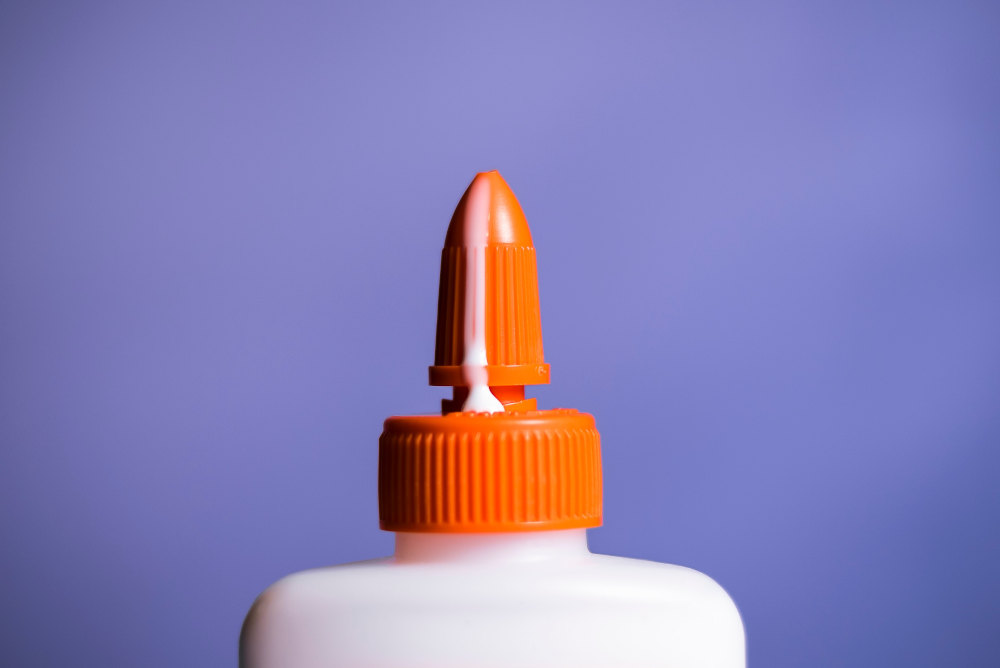Adhesives refer to substances applied between two materials or surfaces to bond them together. There are different types of adhesives available for residential, industrial or commercial applications.
It is imperative to know the ideal glue for your project. The best adhesive should be strong, simple and innovative.
Here are the most common types of adhesive:
- Hot melt adhesives
- Acrylic adhesives
- Resin-based adhesives
- Epoxy adhesives
- Fabric adhesives

Hot melt adhesives
Hot melt adhesives are perhaps the most commonly used adhesives across the world. These adhesives are popular for many reasons.
First, they are versatile, and are useful for both industrial and non-industrial applications. Second, they offer exceptional flexibility. Unlike other variants, you can harden a hot melt adhesive and soften it again.
It is impossible to tweak most common adhesives once they have cured. However, you can manipulate a hot melt adhesive by melting it with a heat gun and remoulding it. It is this flexibility that makes hot melt adhesives so attractive to users.
Another outstanding quality of hot melt adhesives is that they have high bond strength. In its melted state, a hot melt adhesive can bind objects together quickly. This bond will harden and grow stronger as the liquid cools. The good part? You can melt it back again and tweak it to your tastes.
Acrylic adhesives
Acrylic adhesives typically come in the form of pastes that take time to dry. By nature, acrylic adhesives consume more time and energy during the application process.
Acrylic adhesives come in different forms, some of which include emulsion and solvent types. These adhesives are compatible with wood, metal and glass, hence their use in construction. Most people use acrylic adhesives to bind edges because of their powerful binding force.
Resin-based adhesives
Resins are “anaerobic” adhesives — they cure in the absence of air. They are mostly used on metal because they are more effective in such applications.
Resins have low viscosity and are available in liquid and paste forms. In addition, resin adhesives have high bond strength which makes them suitable for binding structural parts such as metal joints.
A noteworthy quality of resin adhesives is their ability to lock surfaces together. Because they hardly weaken easily once cured, resin adhesives are popular in construction and industrial works. Resin adhesives comprise synthetic polymers, making them inorganic adhesives. Inorganic adhesives are made from minerals and while they are costly, they provide stronger bonds.
Epoxy adhesives
The average epoxy adhesive comprises two substances: resin and hardener. There are different types of epoxy adhesives available, each varying in curing time and bond strength.
Epoxy adhesives are highly durable and are resistant to heat and chemical reactions. It is for this reason that epoxy adhesives are used in myriad applications. Epoxies are used for sealing surfaces, binding joints, filling cracks, fixing broken glass or plastic, and other renovation activities. Some also use epoxies to make decorative floor finishes or table designs.
Fabric adhesives
Although you may not know it, many textile makers use adhesives during production. Most fabric adhesives are white-coloured and have excellent bonding qualities.
There are various types of fabric adhesives on the market, depending on your needs. In most cases, fabric adhesives are classified into those that give strong bonds and those that give light bonds.
Fabric adhesives are good for gluing pieces of clothing when you want to avoid sewing. For instance, you can use fabric adhesives to create beautiful applique designs on clothes.
Close cally appear in the frame below.

